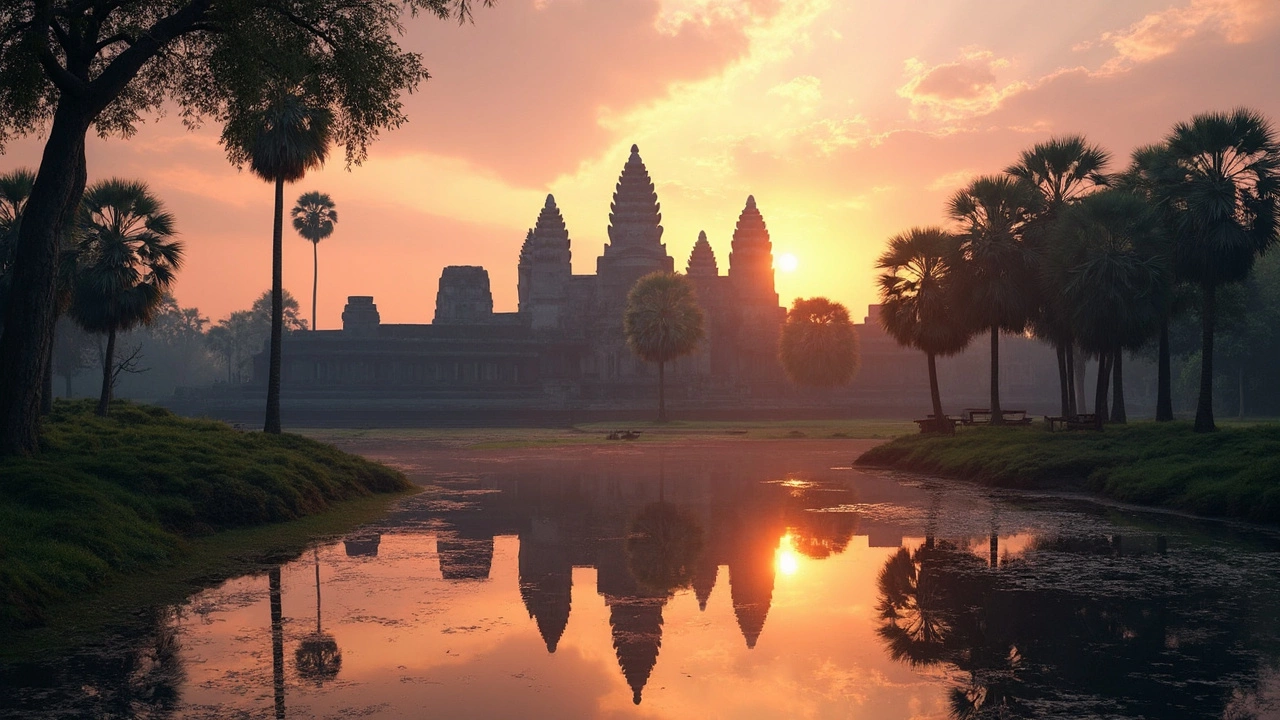Buddhism in India: Sacred Sites, Practices, and Travel Insights
When you think of Buddhism, a spiritual tradition founded in ancient India by Siddhartha Gautama, the Buddha. Also known as the Dharma, it spread across Asia not through conquest, but through quiet teaching, meditation, and compassion. India isn’t just where Buddhism began—it’s where its deepest roots still hold. The places where the Buddha walked, taught, and attained enlightenment aren’t just historical landmarks—they’re living spaces of stillness, prayer, and reflection.
Travelers who visit Buddhist pilgrimage sites, key locations tied to the life and teachings of the Buddha like Bodh Gaya, Sarnath, Kushinagar, and Lumbini (just across the border) don’t just see ruins—they feel the weight of centuries. These sites aren’t museums. Monks still chant at dawn. Pilgrims circle the Mahabodhi Temple in silence. Tourists sit under the Bodhi tree, trying to quiet their minds the way millions have before them. This isn’t sightseeing. It’s participation.
And it’s not just about the big names. Smaller monasteries in Ladakh, Sikkim, and Dharamshala hold centuries-old traditions, where Tibetan Buddhism blends with Indian soil. In these places, you’ll find monks in maroon robes walking barefoot through mountain villages, children learning sutras in classrooms attached to temples, and visitors joining morning meditation—not as tourists, but as guests. You don’t need to believe in reincarnation to feel something here. You just need to be still.
Many of the posts below guide you through exactly this: how to visit temples with respect, what to wear, where silence matters most, and how to avoid turning sacred spaces into photo ops. You’ll find practical tips on planning a pilgrimage, understanding temple etiquette, and connecting with local communities who still live by the Buddha’s teachings. Some posts even tie Buddhist heritage to India’s broader cultural landscape—like how ancient stepwells and forest shrines quietly echo Buddhist principles of harmony and simplicity.
Whether you’re drawn by history, spirituality, or just the quiet beauty of a mountain monastery at sunrise, this collection gives you the real, no-fluff guide to experiencing Buddhism in India—not as a foreign curiosity, but as a living, breathing part of the land.
